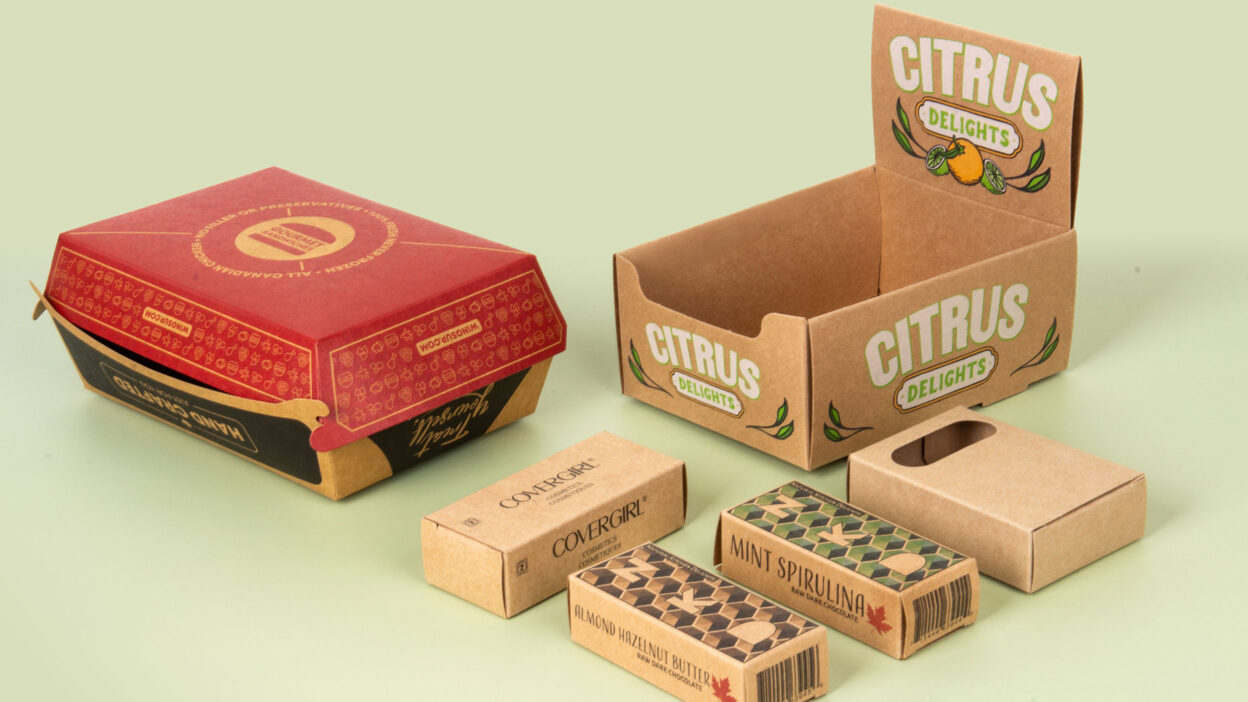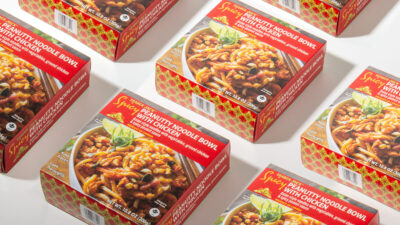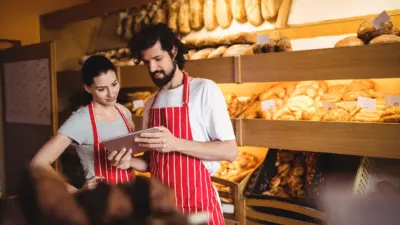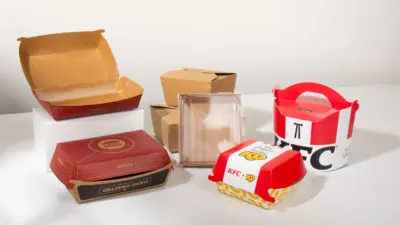In a recent study, 54% of consumers reported consciously purchasing products with sustainable packaging. With eco-consciousness on the rise, businesses that wish to balance social responsibility with competitiveness must overhaul their product packaging strategies to incorporate materials that don’t harm the planet.
In that regard, you have two choices: biodegradable and recyclable packaging materials. Each option offers a unique approach to eco-friendliness and, when done right, could improve how people view your product.
However, the decision on which material is most suitable for your business is a bit more complex. Here’s a closer look.
Recyclable Packaging
Most packaging materials are recyclable. What sets them apart is whether there’s a resale market for when the product reaches end-of-life.
For instance, premium beverage brands like San Pellegrino use glass bottles with metal caps, materials that are easily recyclable and often recovered through established systems. On the other hand, regular, multilayered sheets used in single-serve tea and snack packaging are much harder to recycle owing to their complex composition. In most cases, these materials end up in landfills or get incinerated, doing even more harm to the environment.
If you choose to go with recyclable packaging, it’s better to err on simple, single-material packaging options like glass or plastic. These materials are easy for consumers to understand and have established facilities for recycling them. In most cases, the recycled packaging is used to make new products. Some companies, like Coca-Cola, even collect used glass bottles to be reused, reducing their environmental impact.
Biodegradable Packaging
Biodegradable materials are any substance that can be broken down to their smallest possible components by living microorganisms without harming the environment. Like recyclable materials, most materials are biodegradable. However, the biodegradation process in some materials can take anywhere from tens to hundreds of years, which means they do more harm than good to the environment.
Therefore, to meet the textbook definition of biodegradable, product packaging must break down in a reasonable amount of time. For instance, packaging materials like paper and cardboard can break down within a few weeks. Some materials, like cellulose-based films used in food packaging, can even break down within two weeks under the right conditions.
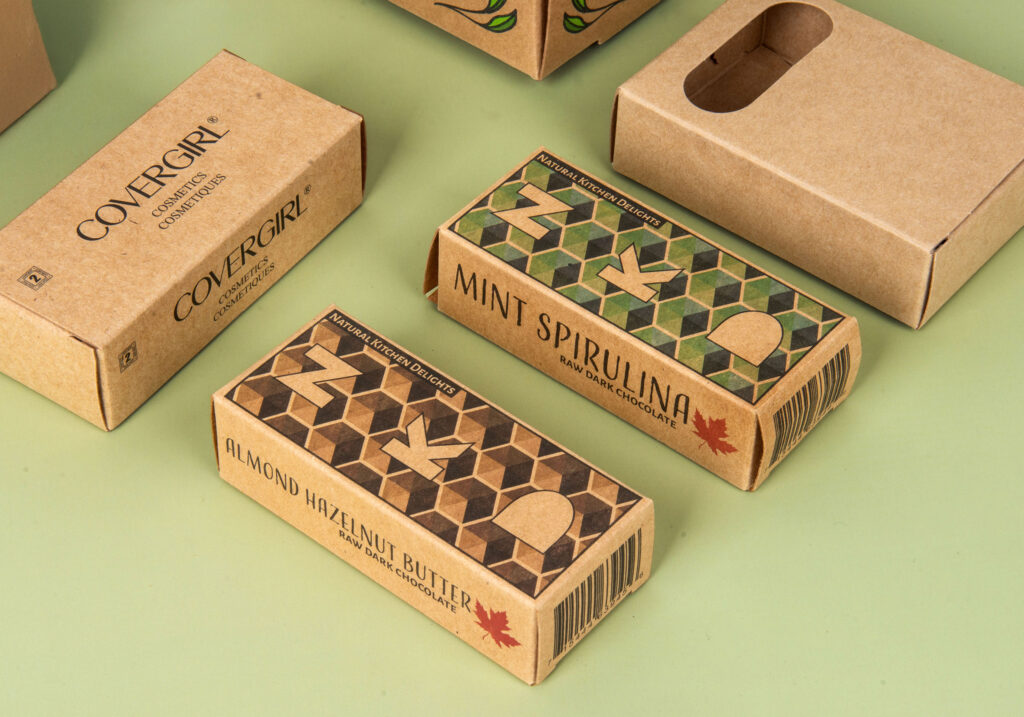
So, Which Is Better?
The trick to striking a balance between sustainable packaging and something your customers will actually love lies in the packaging material itself and the intended application. For instance, cardboard works pretty well for retail and consumer goods like electronics, food packaging, cosmetics, and pharmaceuticals. It’s also easily customizable and doesn’t cost as much as bamboo or metal.
Additionally, you can’t expect your customers to buy your product just because the packaging is environmentally friendly; it has to perform its role correctly. A good example here would be the early versions of compostable food containers made from plant fibers. While they were indeed biodegradable, they didn’t perform as intended. Customers often complained they had soggy structures, leaked, and couldn’t hold hot food.
As a result, most customers stayed away from businesses packing hot or moist foods in such containers. Eventually, businesses had to adopt hybrid and coated packaging to balance performance with sustainability.
The Bottom Line
The biodegradable vs. recyclable debate is long and winding. In most ways, it depends on personal preferences. Think of it this way: the suitability of any packaging ultimately comes down to what the product is, how it will be used, and most importantly, who will be using it.
Businesses don’t have the pleasure of taking a revolutionary role. In most cases, businesses are reactionary to the market. As you plan for effective product packaging sustainability, aim not just for aesthetics but for practicality.
Elevate Your Brand Packaging
Craft packaging that makes your products shine
Get started today!
